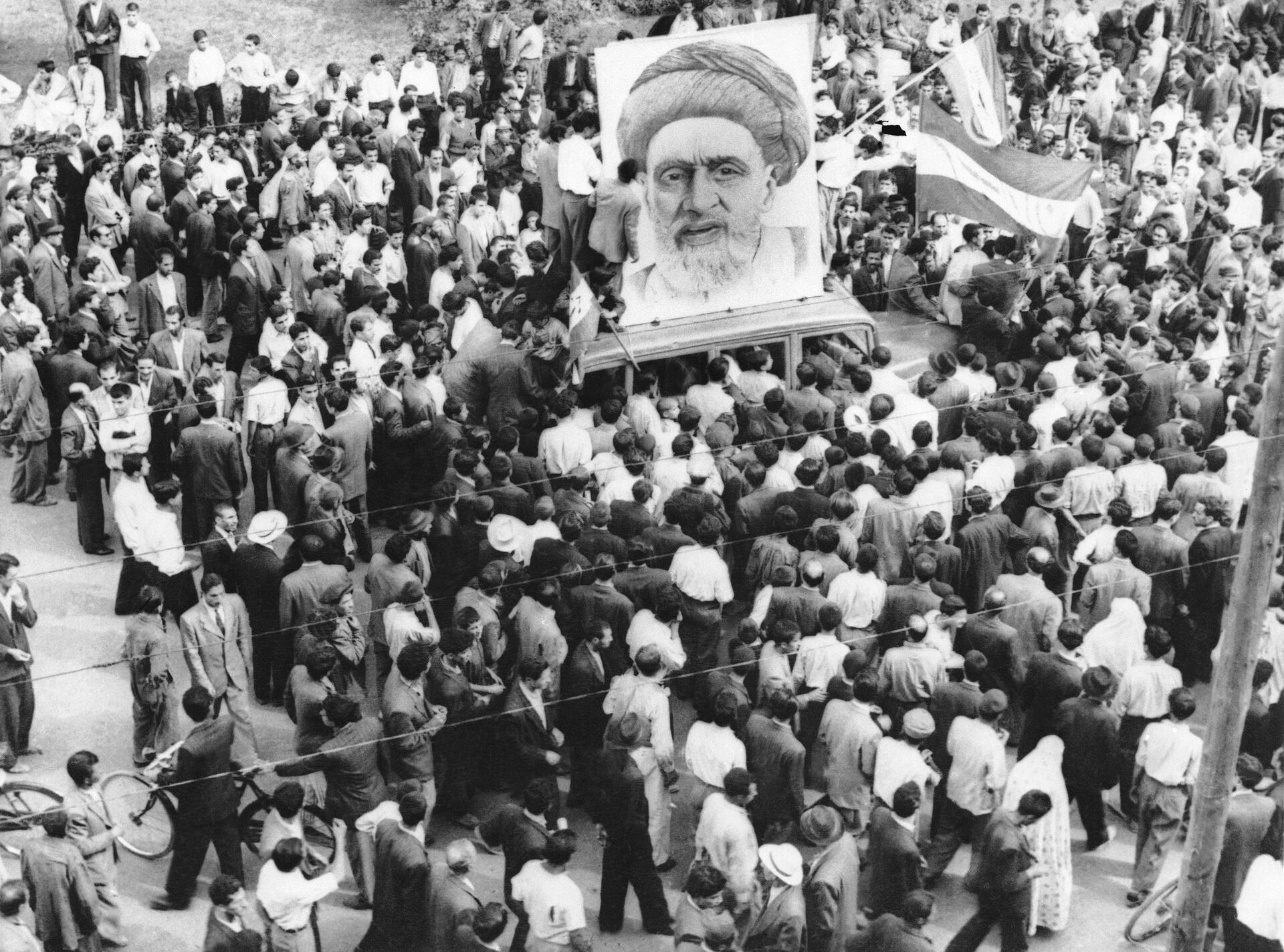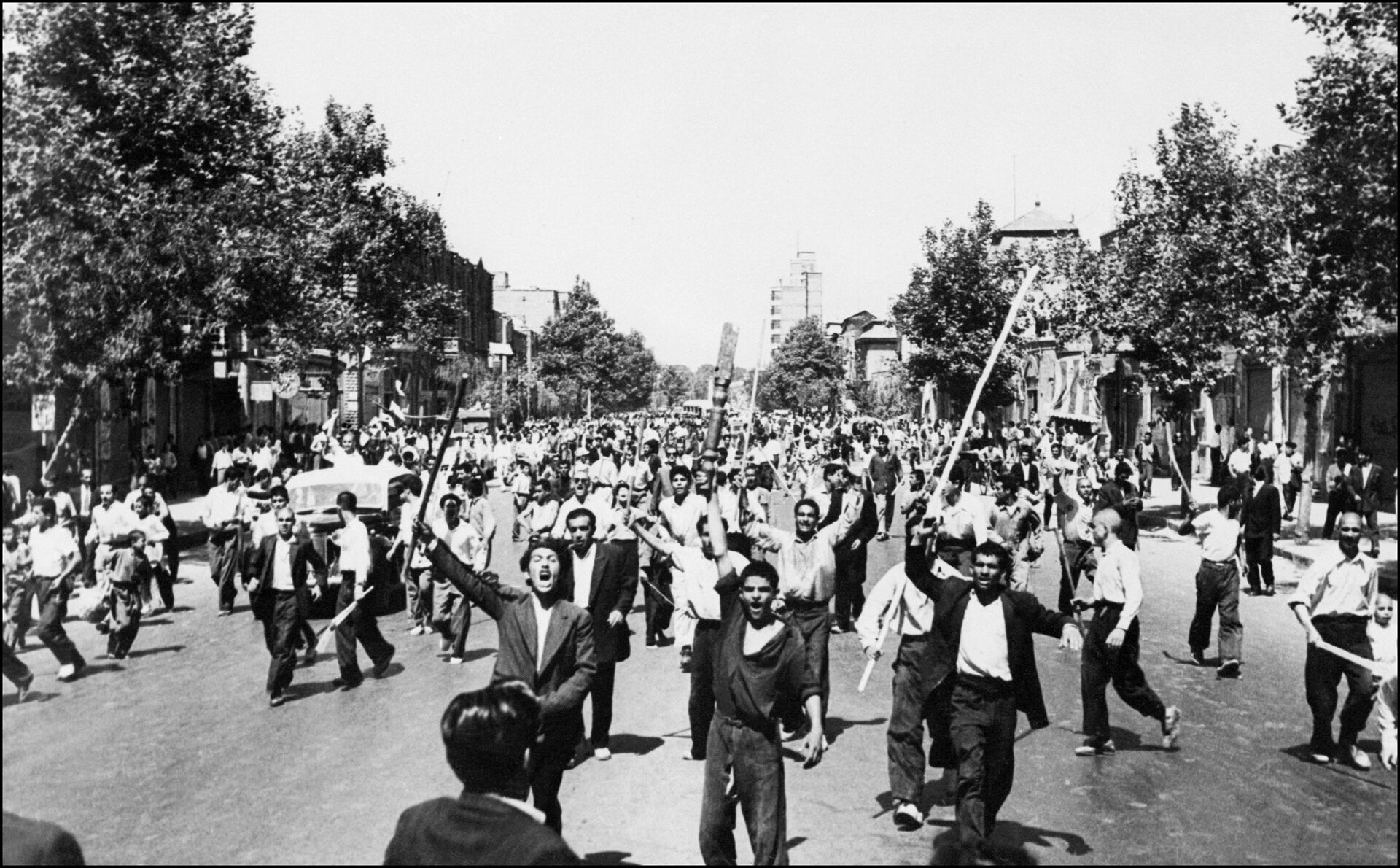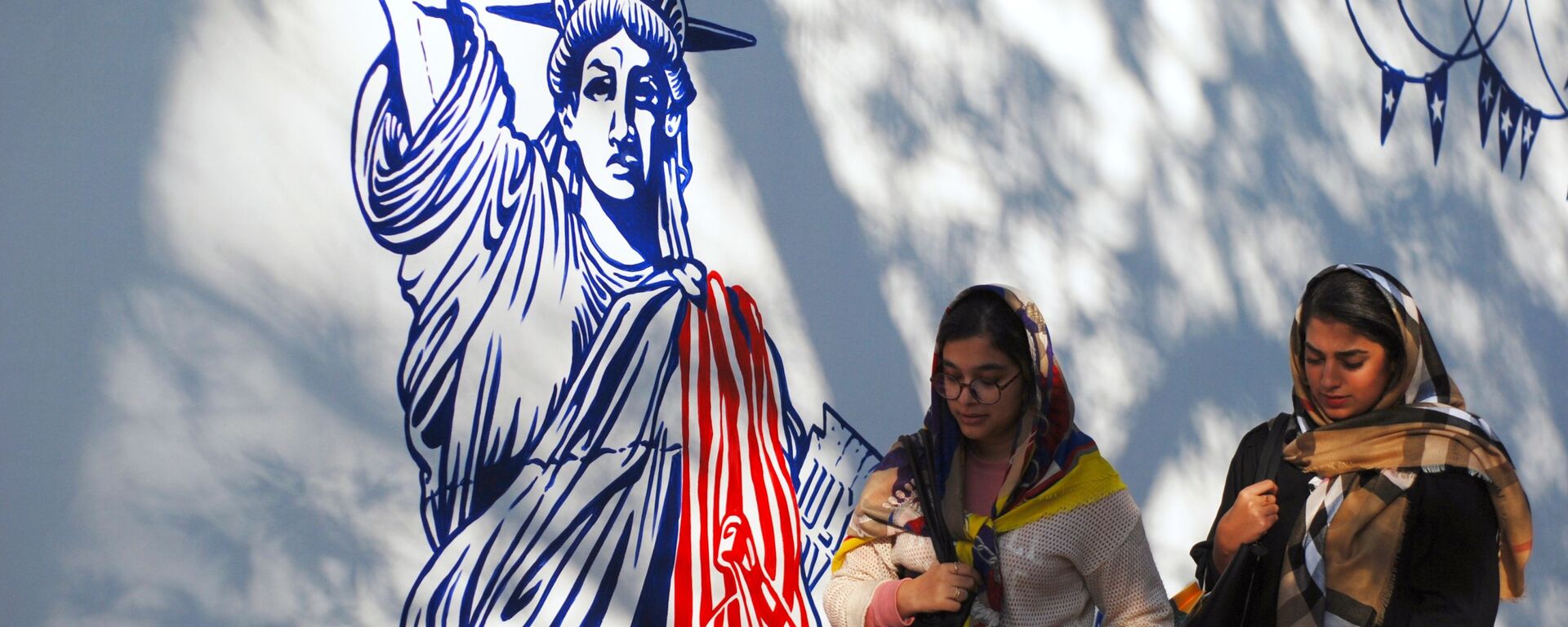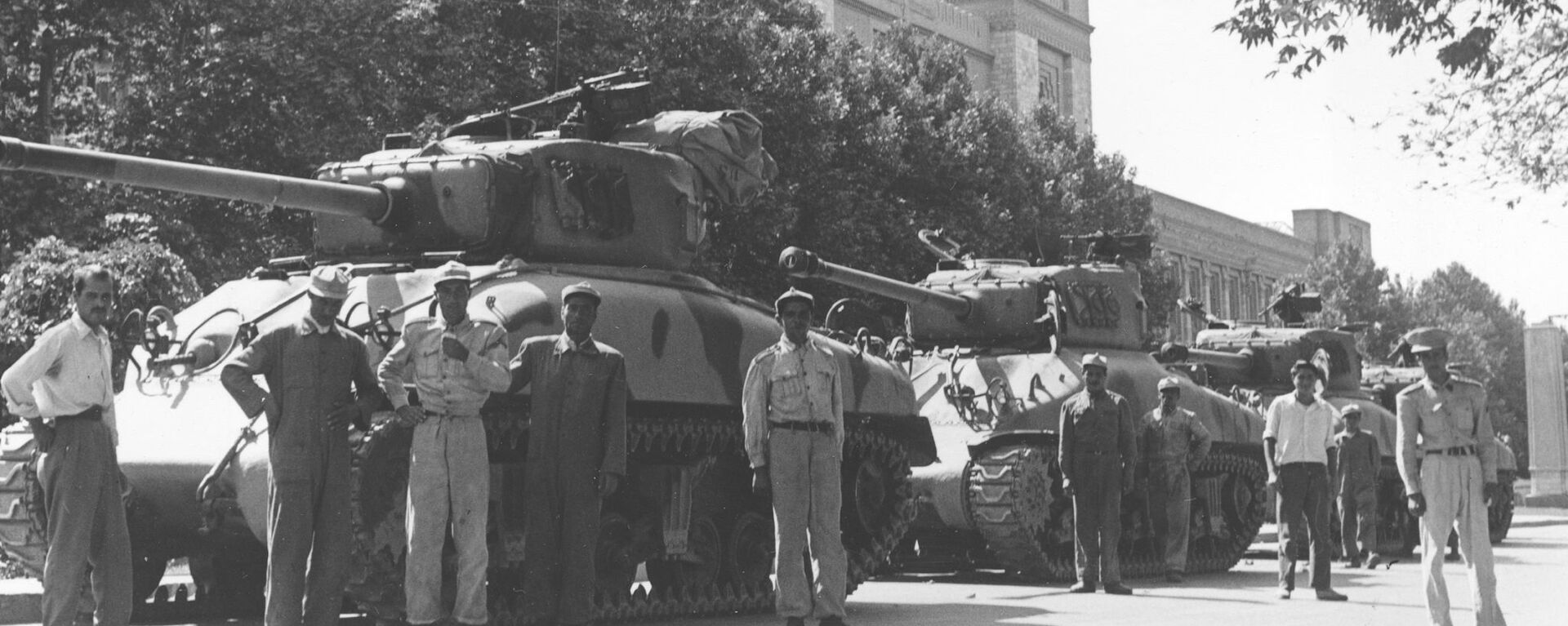CIA Finally Admits 1953 Coup of Iran’s Mohammed Mossadeq ‘Countered’ Democracy

© Wikipedia / Mossadegh Foundation
Subscribe
While it has long been known that the US Central Intelligence Agency (CIA) played a key role in orchestrating the fall of Iranian Prime Minister Mohammed Mossadeq in August 1953, only recently has the espionage agency admitted that doing so was a violation of democratic norms.
The admission came on a recent episode of “The Langley Files,” a podcast produced by the CIA and named after its Virginia headquarters.
Published last month, the episode was the first of two that discussed the CIA’s role in rescuing six American diplomats from Tehran during the 1979 siege of the US embassy. However, it also contains a commentary on the events of 1953, which in many ways set in motion the Islamic Revolution of 1979 that caused the siege.
At one point, CIA spokesman and podcast host Walter Trosin claims that most of the CIA’s clandestine operations have “bolstered” popularly-elected governments, but he goes on to say that “we should acknowledge, though, that this is, therefore, a really significant exception to that rule,” referring to the August 1953 coup.
Agreeing, CIA historian Brent Geary replies: “This is one of the exceptions to that.”
However, Geary quickly turns the corner on the admission, saying that “in the macro sense, the argument it wasn't about democracy in Iran from Eisenhower's perspective, it was about defending democracy worldwide in that case because the Soviet Union bordered Iran.”
Asked about the admission, the CIA told US media the “CIA’s leadership is committed to being as open with the public as possible.”
“The agency’s podcast is part of that effort - and we knew that if we wanted to tell this incredible story, it was important to be transparent about the historical context surrounding these events, and CIA’s role in it,” the statement continued.

In this Dec. 13, 1951 file photo, crowds of supporters of Prime Minister Mossadegh gather around a huge portrait of Iranian Mullah Kashani, one of the powerful backers of Mossadegh's regime, in Tehran. Once expunged from its official history, documents outlining the U.S.-backed 1953 coup in Iran have been quietly published in June 2017, by the State Department, offering a new glimpse at an operation that ultimately pushed the country toward its 1979 Islamic Revolution and hostility with the West.
© AP Photo / Uncredited
Oil or Democracy?
Since the late 19th century, Iran - then called Persia and under the rule of the Qajar dynasty - had been mostly in the British Empire’s sphere of influence, with both London and St. Petersburg exerting a powerful sway over affairs in the late Qajar Empire. A liberal movement succeeded at creating a constitutional monarchy and Majlis in 1906, but expanding British interests in Persian oil resources led to London backing the Shah’s power, especially after the Pahlavi dynasty took power in 1921.
After an assassin failed to kill Shah Mohammed Reza Pahlavi in 1949, the monarch made a new grab for power by convening a previously-ignored Senate and staffing it with his own supporters.
The popular backlash was harnessed by the National Front and Mohammed Mossadeq, who became prime minister in 1951 after the electoral coalition won a majority in the Majlis. Mossadeq moved to deepen Iran’s democratic institutions and limit the Shah’s power, and most controversially in London and Washington, moved to nationalize British and American oil assets, which he saw as giving the two foreign powers undue influence over Iranian politics.
The UK and US reacted harshly to Mossadeq’s moves, with the Truman and Eisenhower administrations characterizing Mossadeq as a communist who would turn a key Middle Eastern nation into a Soviet ally at a time the US was trying to encircle the USSR with anti-communist military alliances such as NATO.
Washington’s role in Operation Ajax, the 1953 plot to create a fake “revolution” that would overthrow Mossadeq and return the Shah to power, was admitted to the world in 1979 by Kermit Roosevelt Jr., the grandson of US President Theodore Roosevelt, who wrote that he had personally directed the coup on the CIA’s behalf from inside Tehran.

Rioters armed with staves shout slogans, during riots in Tehran, August 1953.
© AFP 2023 / INTERCONTINENTALE
Ironically, the admission came as the most direct blowback from the operation was already unfolding in Iran: the 1979 revolution that overthrew Shah Reza Pahlavi and declared a republic.
After the Shah’s return to power in 1953, he became a key US ally against the USSR, receiving top-of-the-line weapons and crushing any attempts at reforming his undemocratic, secular, right-wing government using his secret police, the SAVAK. Mass civil demonstrations against his rule began in 1977 as a growing working class and urban intelligentsia grew too powerful for him to control, and he fled the country in January 1979.
Shiite Muslim religious leader Ayatollah Ruhollah Khomeini emerged as the leader of the revolution after students laid siege to the US embassy in Tehran and the US attempted to mount a rescue operation, which failed, casting Washington as a threat to the revolution and evoking memories of 1953, which Khomeini pledged to prevent from recurring.



